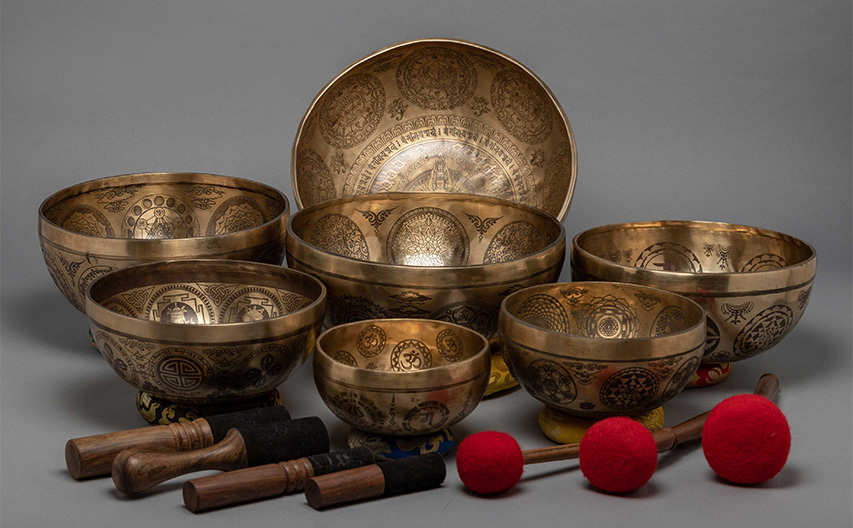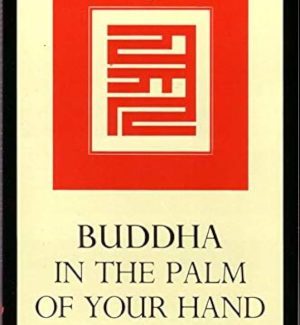For centuries, singing bowls have put the spiritualist into some sort of spell, the meditator, and even the student of sound therapy. How magical it is to see how the humming of a singing bowl can calm your mind, balance the energy, or even heal you. So, how would you go about making the best selection for a singing bowl out of so many choices? Let’s plunge in.
- Know Your Intention
Be clear for yourself why you want a singing bowl before you start shopping for one. Is it to deepen meditation, balance chakras, or simply be soothed by the sounds? Different bowls address different needs:
- Mediation: You would want a deep, resonating sound that will help in keeping your mind focused and relaxed.
- Sound Healing: You need to get bowls with specific tuning or even chakra-specific.
- Decorative Purposes: Choose a bowl with intricate designs or a polished finish to add to the aesthetic of your space.
- Choose the Right Size
The singing bowls are available in a number of sizes and have certain characteristics, including:
- Small Bowls (4–6 inches): These bowls are portable, lightweight to handle, and produce higher-pitched tones, ideal for beginners and people on-the-go.
- Medium Bowls: 7–10 inches, all-purpose, comfortable for both beginners and advanced practitioners, offering a perfect balance between high and low tones.
- Large Bowls: 11+ inches, large bowls create low, rumbling vibrations that anchor and center. Because of this, they can be very popular in group meditations and sound therapy sessions.
- Consider the Material
Traditionally, the singing bowls were made of a combination of seven metals representing the seven various celestial entities. With time, other materials could also be included in a bowl.For one, the following traits are discovered:
- Seven-Metal Bowls: Rich complex tones are produced in this variety of bowls, which is created mainly manually.
- Crystal Singing Bowls: Composed of quartz, these bowls produce pure high-frequency sound. They, thus, are primarily used for treating chakra.
- Machine-made bowls: inexpensive, have limited varieties, but with extraordinary sound resolution.
- Try the Sound
If possible, play the bowl before buying. Use a mallet to strike or circle the rim, then listen. Note the following:
- Resonance: Does the sound hang in the air and fill the space?
- Tone: Does it feel harmonious and soothing to you?
- Vibration: Can you feel the energy of the bowl when it’s played?
- Consider the Craftsmanship
Artistic quality and the ‘singing’ sound are big elements. Though hand-hammered bowls at times possess certain imperfections that add character and tone, machine-made bowls are bound to be more uniform in both their look and their sound.
- Trust Your Intuition
Sometimes, the right singing bowl is beyond logic. You will know when you find it-you will feel the connection. Just take a hold of the bowl, play it, and see whether it resonates with your energy-if it feels right, it likely is.
- Research and Comparison
Take the time to deliberate on options and the various vendors. Do your research by reading reviews, asking questions, and comparing prices. Authentic Tibetan or Nepalese may be more expensive but also tend to offer an unmatchable quality and craftsmanship.
- Don’t Forget Accessories
A singing bowl is not complete without the right tools. Ensure your purchase includes:
- Mallet: Wooden, leather-wrapped, or felt-tipped mallets offer various tones.
- Cushion or Ring: Stabilizes it and provides increased resonance.
- Carrying Case: Protects your bowl while traveling or in storage.
Conclusion
Ultimately, choosing an ideal singing bowl is rather a personal journey. Keeping all these factors in mind-aforementioned purpose, size of preference, material, craftsmanship, and instinct-you can surely try to find the perfect singing bowl. Remember, it’s not just an instrument; it’s a helper in your journey toward harmony and peace. Take it easy, and enjoy being discovered. The right one will sing to your soul.



